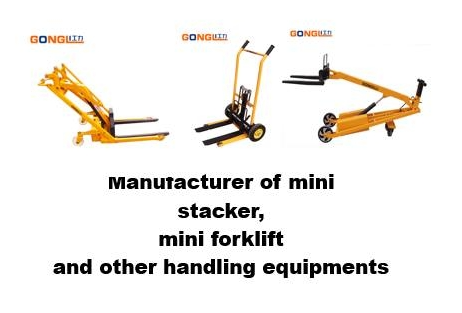In industries such as warehousing, logistics, and manufacturing, small handling equipment is a key tool for improving efficiency and reducing costs. However, with a wide variety of products on the market, choosing efficient and reliable small handling equipment has become a challenge for many businesses. This article provides you with an ultimate guide to help you easily find the most suitable equipment for your needs.
1. Clarify Your Requirements
Before starting your search for equipment, you need to clarify your specific requirements, including:
- Type and weight of goods to be handled: Different equipment is suitable for different weights and types of goods, such as pallets, barrels, cartons, etc.

- Working environment and space limitations: Consider whether your working environment is indoors or outdoors, as well as factors like aisle width and ground conditions.
- Frequency of use and workload: High-frequency, high-intensity work requires more durable and higher-performance equipment.
- Budget: Determine your budget range to narrow down your options.
2. Understand Different Types of Small Handling Equipment
Common types of small handling equipment on the market include:
- Manual Hand Trucks: Cost-effective and suitable for short-distance handling of lightweight goods.
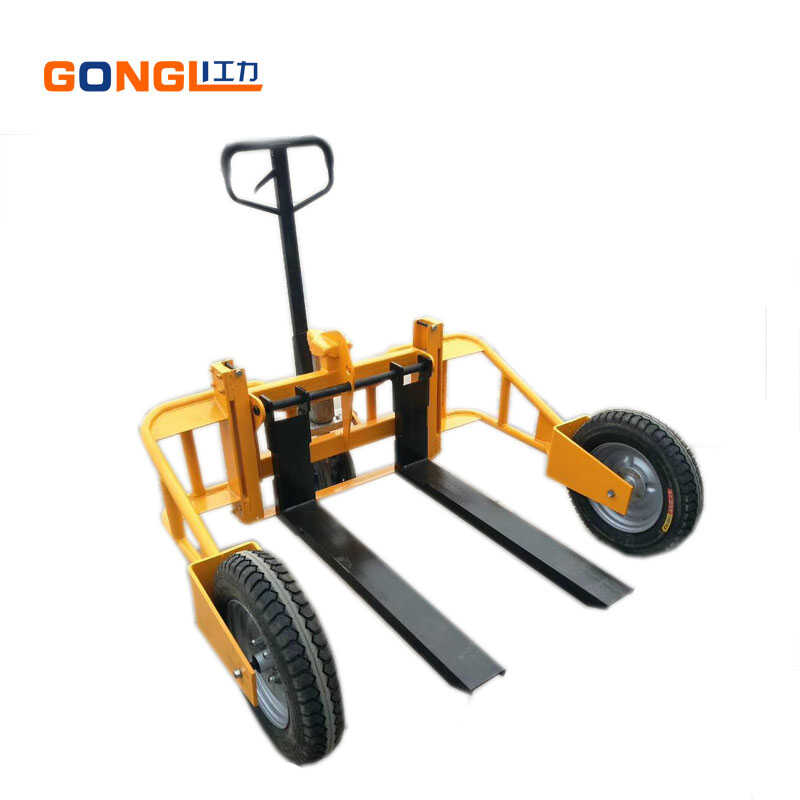
Electric Hand Trucks: Labor-saving and efficient, ideal for medium-weight goods over short to medium distances.
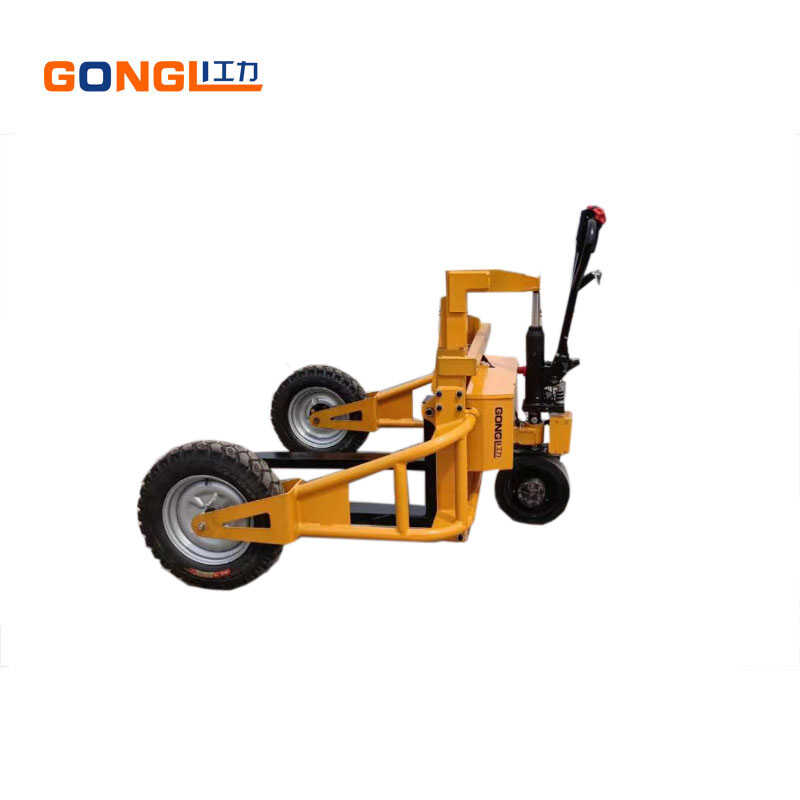
Small Forklifts: Powerful and versatile, suitable for stacking and loading/unloading palletized goods.
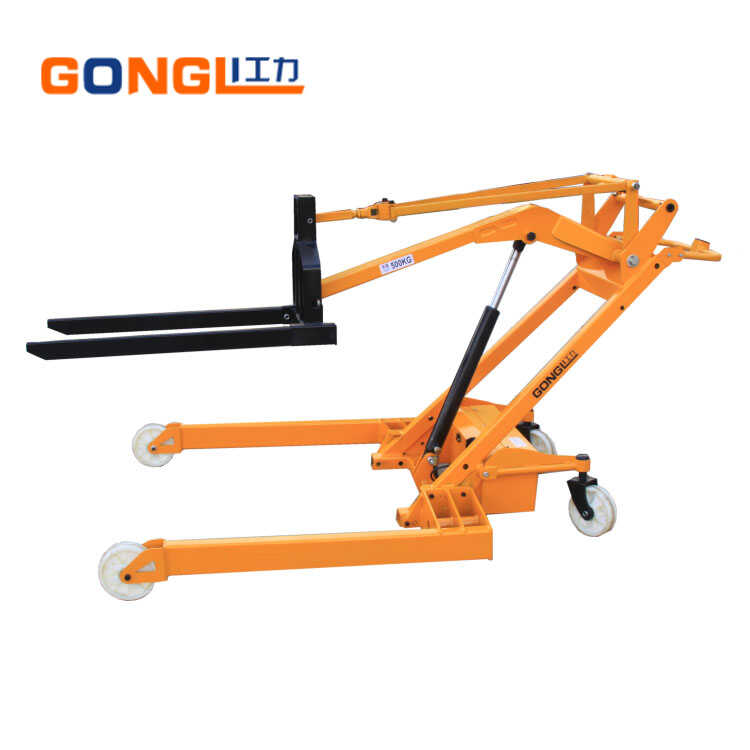
Stackers: High lifting height, perfect for accessing goods on high shelves.
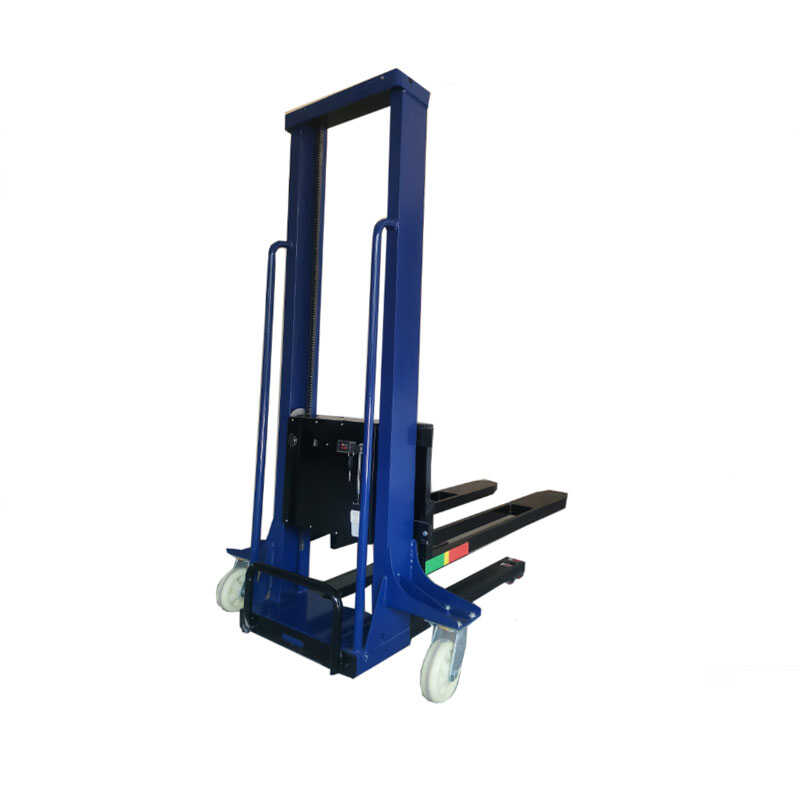
Barrel Stackers: Specifically designed for handling and stacking cylindrical containers like barrels.
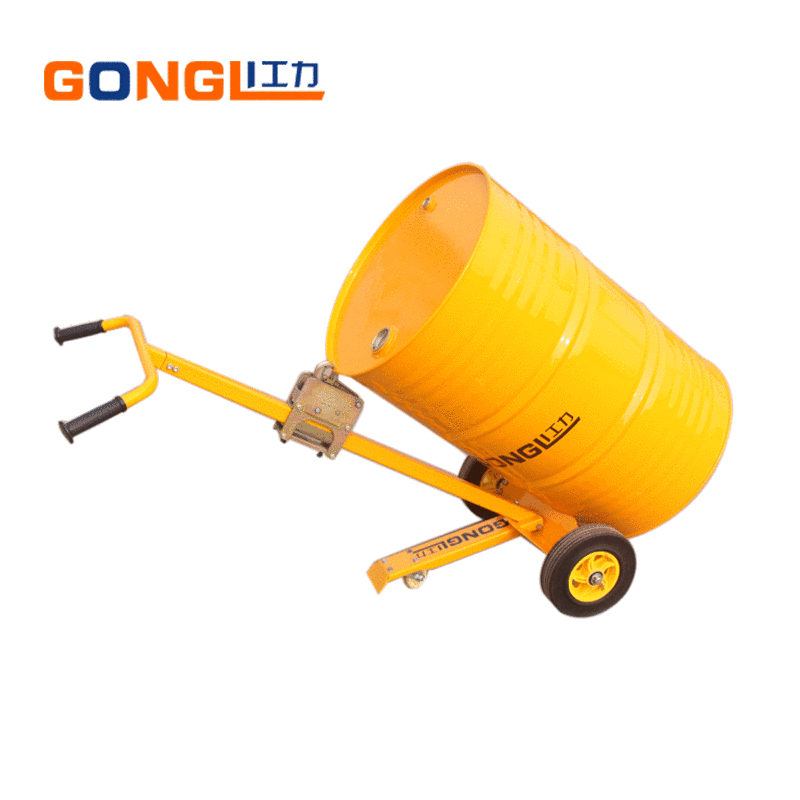
3. Choose a Reliable Supplier
Selecting a reliable supplier is crucial. Consider the following factors:
- Product Quality and Performance: Choose equipment made from high-quality materials and advanced manufacturing processes to ensure durability and stability.
- After-Sales Service: Opt for suppliers that offer comprehensive after-sales services, including installation, debugging, maintenance, and repairs.
- Price and Cost-Effectiveness: Select products that offer reasonable prices and good value for money without compromising quality.
- Brand Reputation: Choose brands with a good reputation and high credibility for greater assurance.
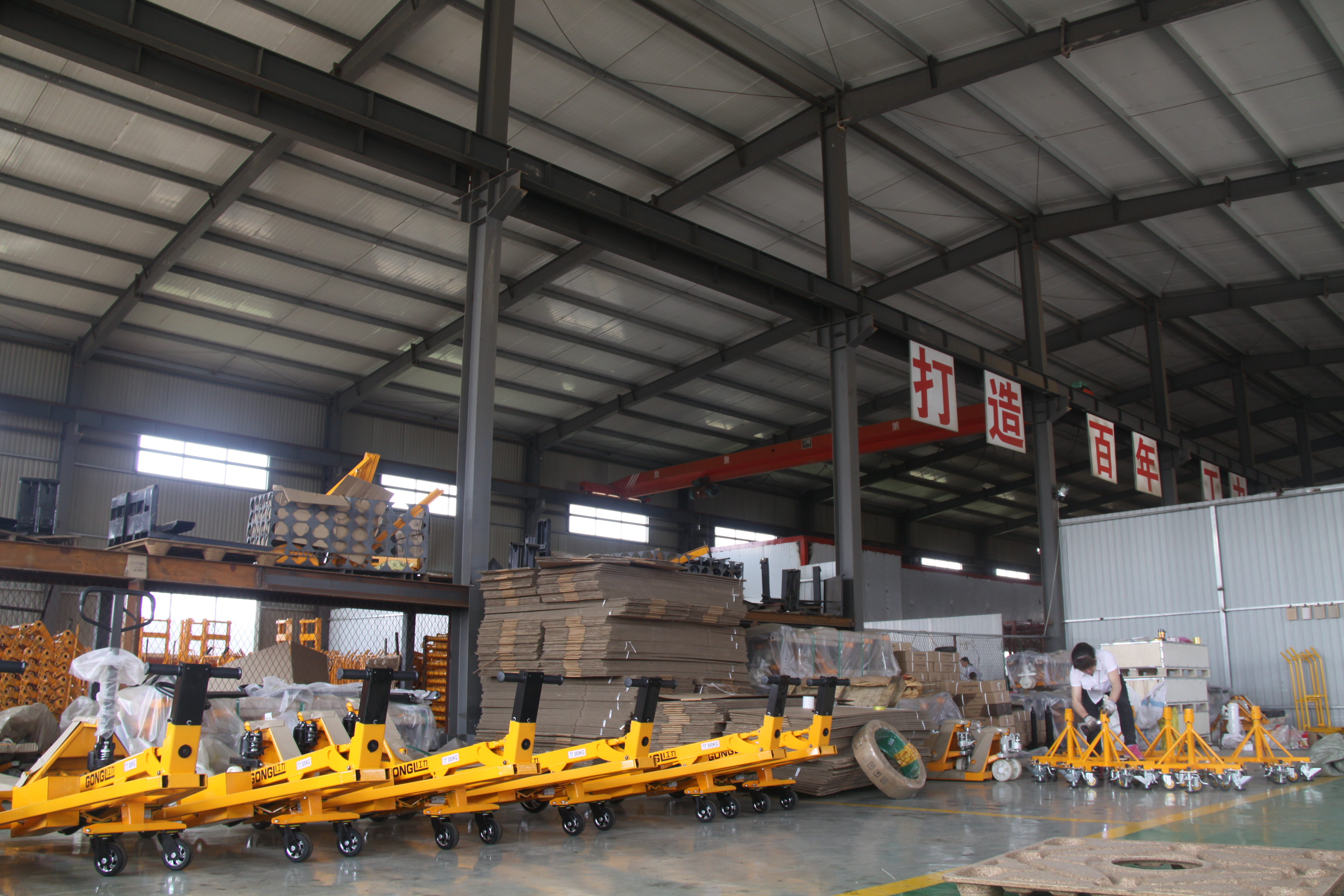
4. On-Site Inspection and Trial
Before making a final decision, it is recommended to conduct on-site inspections and trials:
- Visit the Supplier’s Factory or Showroom: Understand the production process and quality control procedures.
- Test the Equipment: Personally experience the equipment’s operational performance, comfort, and safety.
5. Stay Updated on Industry Trends and Technological Developments
The small handling equipment industry is constantly evolving, with new technologies and products emerging. Staying informed about industry trends and technological advancements can help you choose more advanced and efficient equipment.
Choosing efficient and reliable small handling equipment is a critical step in enhancing your business competitiveness. We hope this article provides valuable insights to help you easily find the most suitable equipment for your needs!

